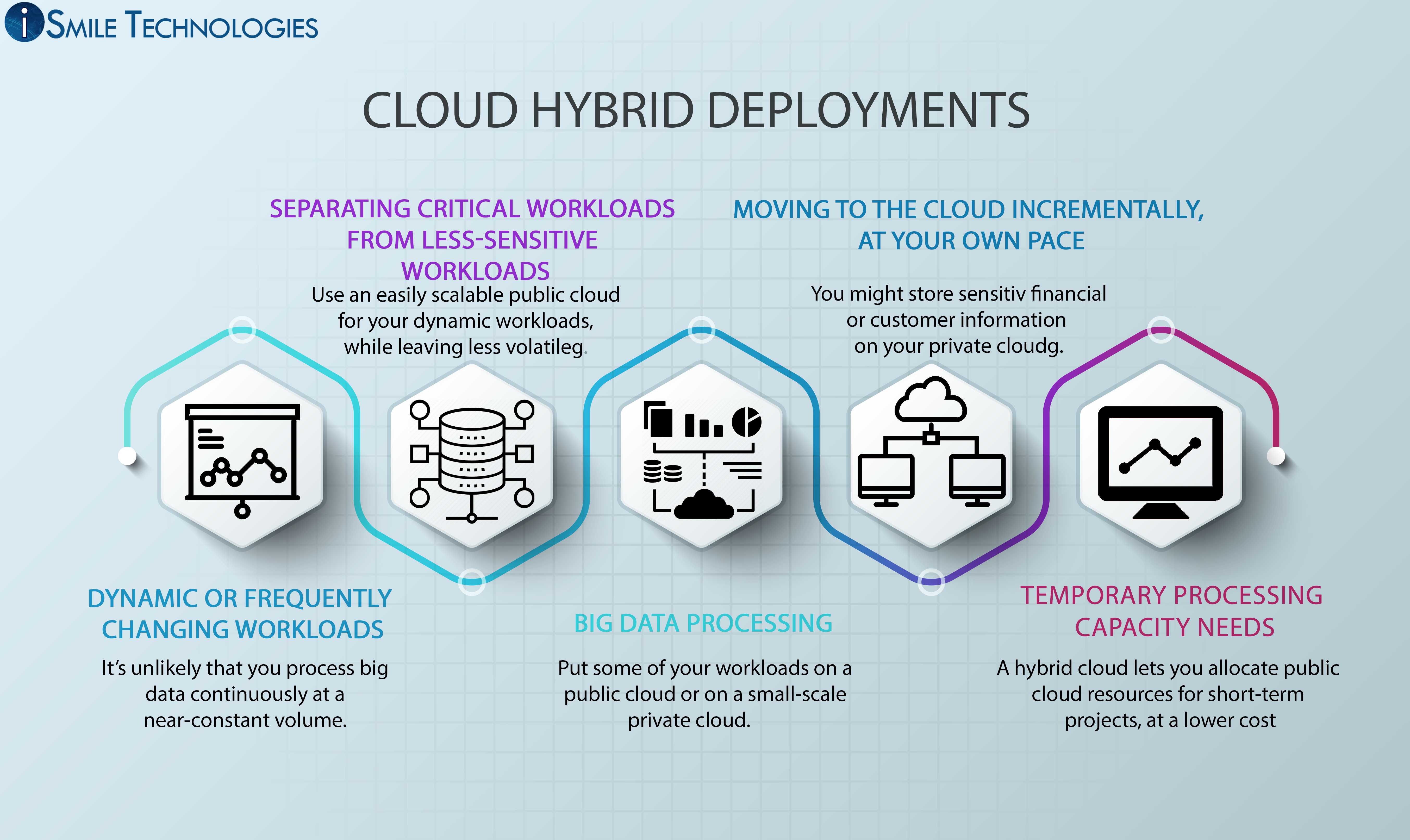Across the globe, businesses are under increasing pressure to innovate quickly to keep pace with competitors, increase flexibility and automate processes to keep customers happy, and of course, continue financial growth. Transforming into a “digital enterprise” by implementing cloud services and platforms is no longer an option but a necessity for the continued survival of any business.
The good news is that with the growth of cloud services, a wide range of providers, platforms, and instance types have emerged, all with their advantages. So, it is important to understand what it is and how enterprises can benefit from a hybrid cloud deployment.
1. Maintain a readily accessible private infrastructure and plan disaster recovery
Disaster recovery is one of the biggest benefits that the hybrid cloud deployment offers to businesses, especially those new to the cloud. Disaster recovery is often expensive and resource-intensive without the cloud, including backup sites or applications owned or leased by the business.
This allows organizations to duplicate applications and infrastructure and store recovery data for a fraction of the cost of on-premise disaster recovery solutions.
2. Optimize daily functions
Agility is a growing business need. Responding to customer and business needs is an ongoing concern for organizations and a key driver for DevOps and other agile development methodologies. Cloud adoption is essential for DevOps and is becoming increasingly important for all businesses.
As more organizations become agile, competition has increased, forcing companies to innovate faster and faster. Hybrid cloud allows organizations to keep up with customer needs by innovating faster while not shaking up the entire organization by moving to a full cloud environment.
Ready to experience the full power of cloud technology?
Our cloud experts will speed up cloud deployment, and make your business more efficient.
3. Reap the benefits of cloud bursting
Businesses often deal with workloads whose usage fluctuates, and it’s costly and ineffective to keep large amounts of resources available in your infrastructure at all times. The cloud offers the great advantage of unlimited resources on demand. The hybrid deployment model offers the added benefit of closely monitoring all resources in use to best balance your business needs with supply.
Businesses benefit from migrating to the Azure private cloud on-premise through a process called cloud bursting. Cloud bursting involves moving workloads to a public cloud when needed and returning them to the original servers once the spike is over. The additional storage and computing resources are just “rented” for the time needed.

4. Share what needs to be shared, keep private what needs to be kept private
Many organizations are hesitant to move to the cloud because of security, privacy, and compliance concerns. This is a valid concern that the hybrid cloud can solve. After all, while privacy and security should be top priorities, companies still need to innovate at a rapid pace – something that a fully private infrastructure cannot do.
Highly sensitive organizations such as hospitals and other medical organizations have found success with hybrid cloud models that allow them to maintain full control over sensitive data such as patient records and employee communications by storing them on-site and making them easily accessible while moving fewer sensitive data and workloads to the cloud.
Conclusion
The hybrid cloud deployment model is the excellent use of public and private resources that expand cost savings, productivity and minimize latency, privacy, and security issues. If you are for the best cloud solution for the job, a hybrid cloud with iSmile Technologies as your on-premise cloud hybrid can be the perfect introduction to the cloud. By combining your current infrastructure solutions with future-proof infrastructure technology, you are equipping your business with a more stable and innovative future.








